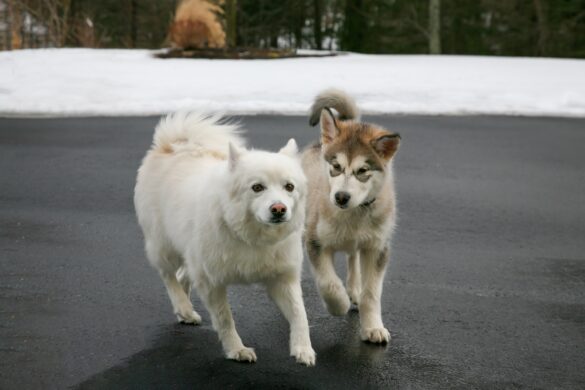Introduction
For this article, we’ll be focusing on African breeds. While some of these dogs may be well-known to canine enthusiasts, others are unique to Africa and are less likely to be recognized. Get comfy because we’re going on a safari to see different African dog breeds.
Abyssinian Sand Terrier (Hairless African Dog)
The Abyssinian sand terrier, also known as the African hairless dog, is a small dog that typically ranges from approximately 20 inches in height to around 35 pounds. Most of these canines are bald, but a few retain hair on their snouts and tail tips. The majority have skin that is anything from grey to black, with a variety of white and pink patches and blotches.
Outside of Africa, it is a rare breed. The exact details of their family tree are unknown; however, they are assumed to be related to the Chinese crested and Mexican hairless dogs.
They are reportedly friendly and affectionate with their owners but fearless and confident when confronted with danger. Abyssinian sand terriers are active dogs who need a lot of space to run around and play in.
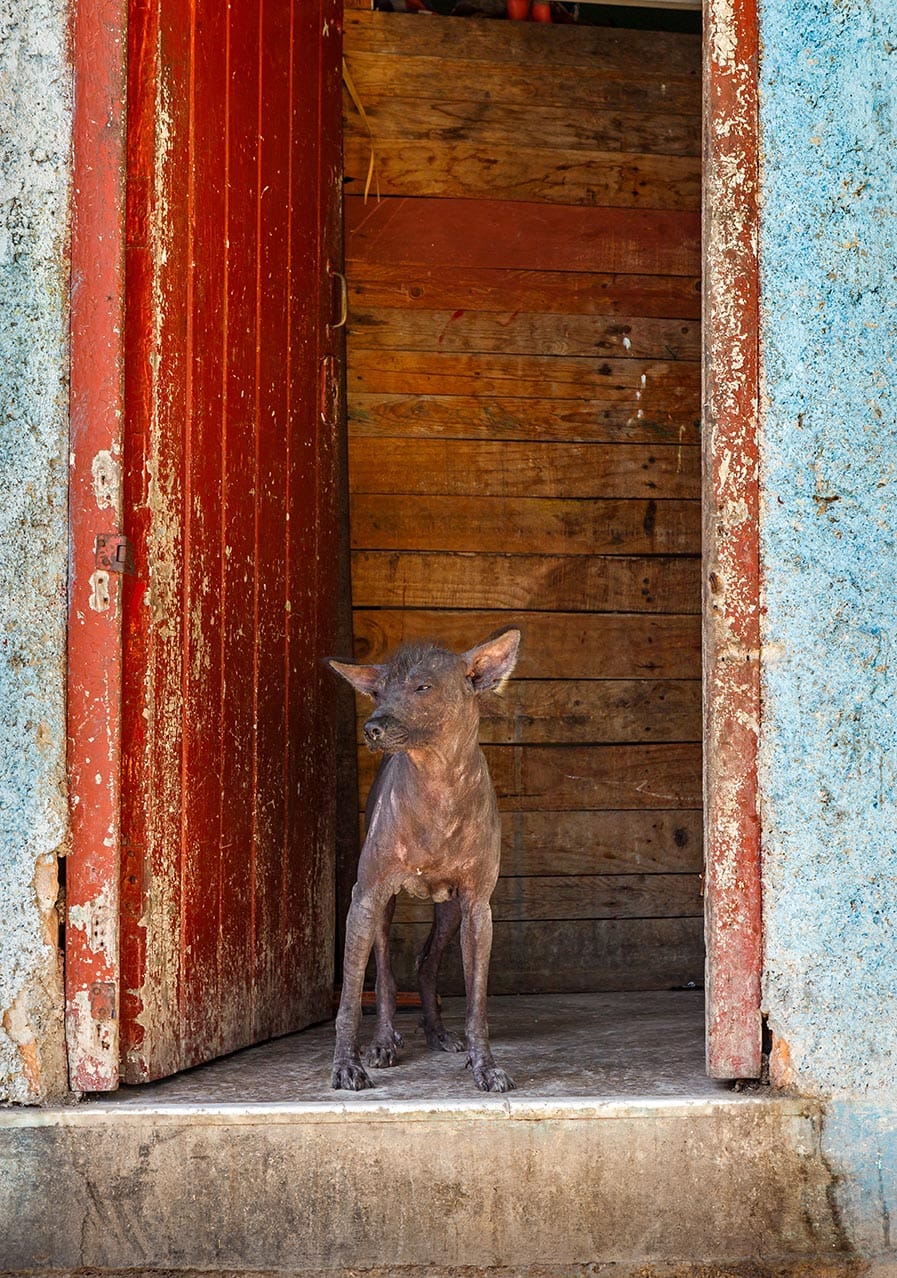
African Wild Dog
The African wild dog (Lycaon pictus), sometimes known as the painted dog or painted wolf, is an ancient African dog breed found only in sub-Saharan Africa.
These canines are as wild as they come, similar to the wolves seen in Africa. Antelope, rodents, birds, and even giant wildebeests are fair game for them.
Hunters and farmers frequently kill African wild dogs because of their danger to humans. There are fewer and fewer places for wild dogs to live.
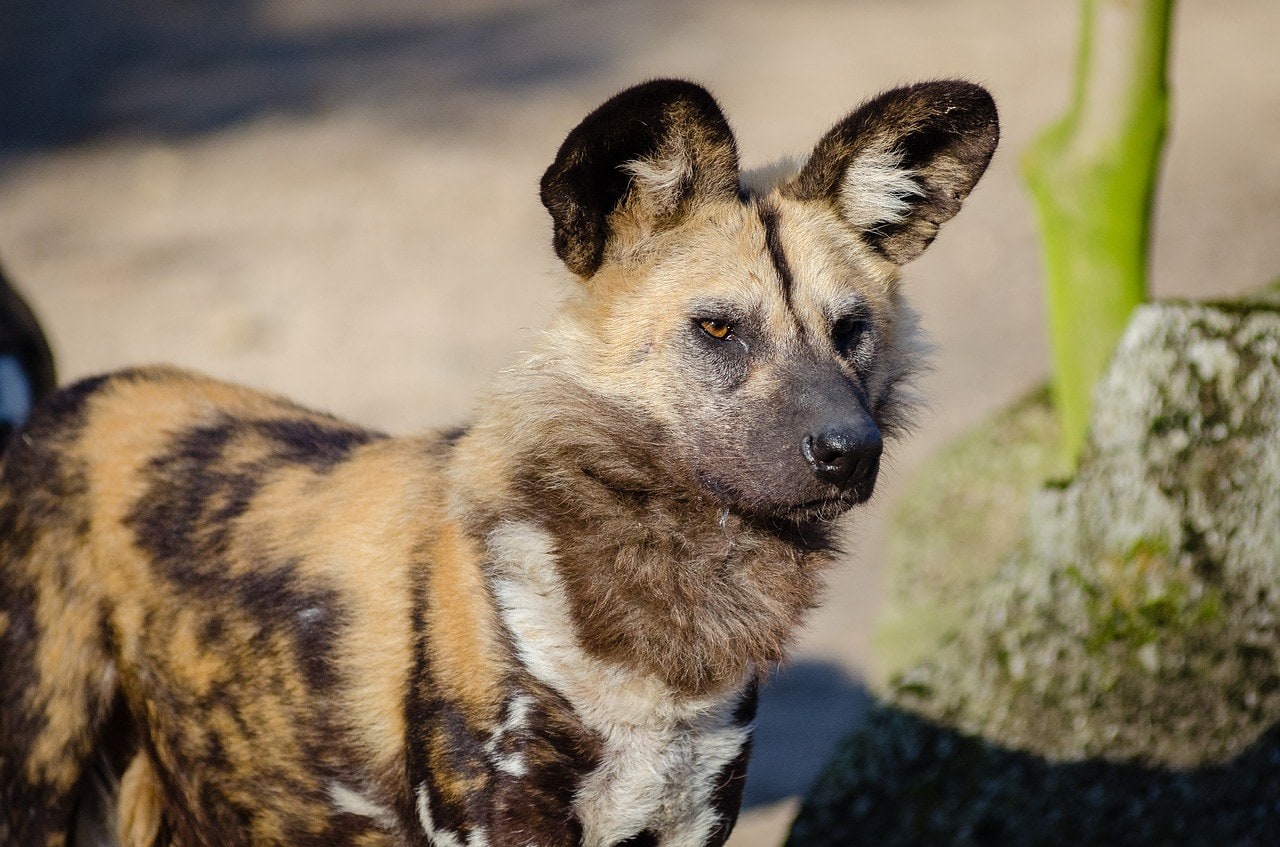
Aidi (Atlas Mountain Dog)
Aidis are outstanding African shepherd dogs from the Atlas Mountains, where they have been used for centuries to guard cattle in Algeria, Morocco, and Tunisia.
Since their thick coat is one of the few things keeping them safe from dangerous predators, they take their job very seriously. They are devoted but rowdy members of the family, and they benefit greatly from early socialization and training.
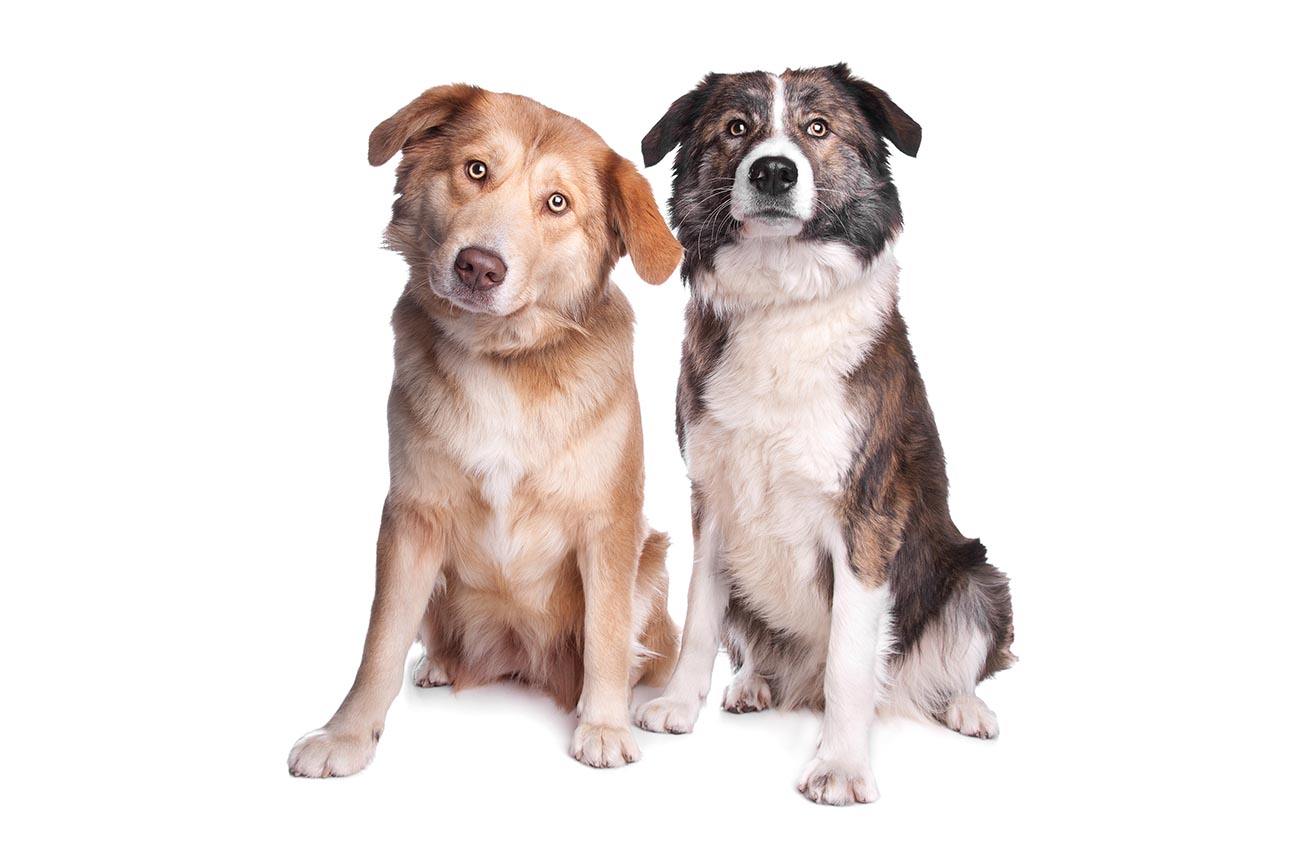
Armant
The Armant often called the Egyptian Sheepdog, is the most popular breed of herding dog in Africa. He is one of the more recent canine species, having emerged somewhere in the 20th century. The Armant is fiercely protective of his herd and would do the same for his human family if necessary.
He stands at about 21–23 inches tall and weighs 50–65 lbs. He has a coarse and medium-length coat that needs brushing 2 to 3 times a week to prevent matting. He comes in black, gray, and fawn shades and his puppy dog eyes will win over even the coldest of hearts. The Armant is the teddy bear dog of Africa.
He is a highly energetic dog who needs to be exercised hard to ensure that he burns off that tremendous energy. If you aren’t planning to work with him, he requires at least 1 hour of hard exercise daily. He adores the companionship of other dogs and is especially fond of children, taking care of them as if they were his herd.
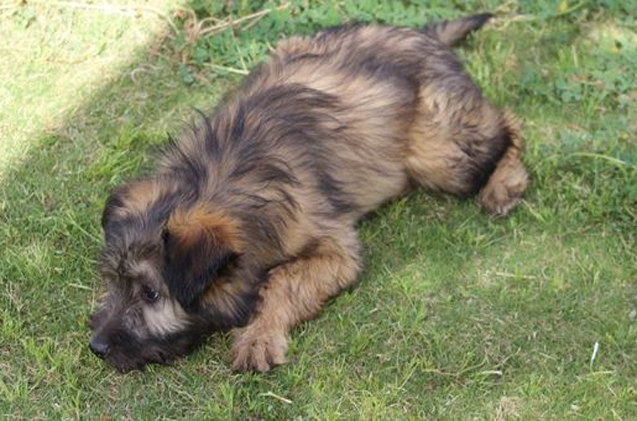
Image Credit- Getty Images
Azawakh
You probably won’t see many Azawakhs (oz-ah-woks) at your neighborhood dog park. This is unfortunate because African dogs can make wonderful pets, especially for older people who reside in warmer regions (Azawakhs are susceptible to cold and will require a heavy jacket or coat in the winter).
Azawakhs, like other sighthounds like the Afghan hound, Saluki, and greyhound, is long-faced and lanky. They are just as swift as you’d imagine them to be, and they like running (particularly after squirrels and other small animals).
However, Azawakhs perform quite well in urban dwellings such as apartments. They are the ideal couch potatoes since they are low-key and enjoy snuggling up with their people. They don’t seem to cause too many major issues, but they also aren’t the easiest canines to teach. In contrast to their cool demeanor around others, they often show affection toward their owners.

Basenji
One of the three most well-known breeds of African dogs, the Basenji is a small dog breed. In terms of height and weight, he’s between 16 and 17 inches and 22 and 24 pounds. Their short, shiny coat can be any shade of black, tan, brindle, or red with the addition of white. Crinkled eyebrows frame his almond-shaped eyes, and his enormous ears stand at attention.
As the “Barkless dog of Africa,” the Basenji is a unique breed. Instead, he uses a yodeling-like sound to talk to his sweetheart. The Basenji has been called “more feline than canine” by several observers.
He’s very careful and takes care of himself like a cat. One of his favorite things to do is cuddle up with the younger family members, despite being an independent, bright, and confident young man himself.
Originally bred to hunt rabbits, Basenjis are high-energy dogs that need an equally dynamic family. Aside from his original name, he is also commonly referred to as the Congo Terrier because of his ancestry in that region.
These ancient canines were a gift to Egyptian pharaohs and represented one of the world’s earliest dog breeds. The consensus among people who have owned Basenjis is that the experience will leave you with a profound devotion to the breed.
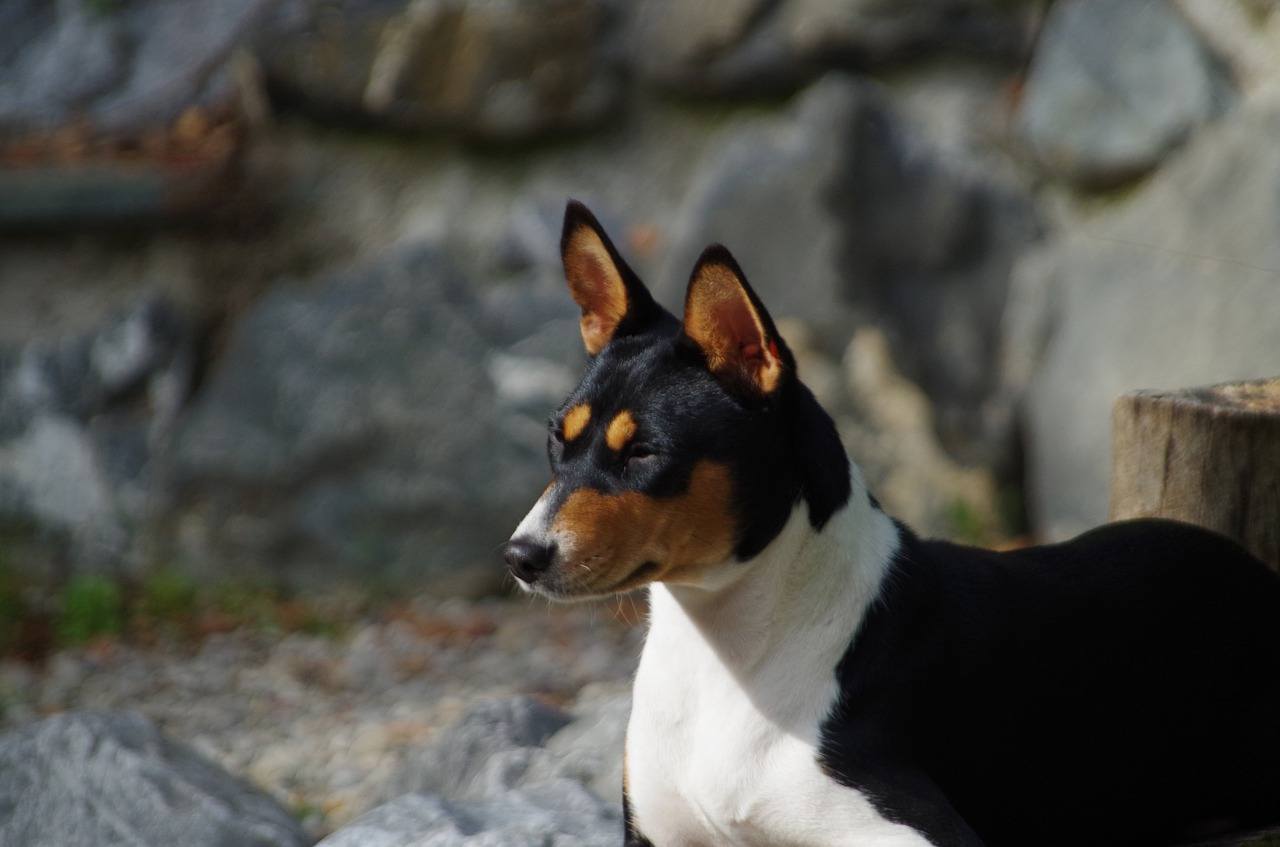
Boerboel
The Boerboel, pronounced “buor-bul,” is a large breed of dog developed in South Africa to ward off lions and other wild and dangerous animals. If he needs to defend his family and property, Boerboels can kill a lion.
He can be anywhere from 150 to 200 pounds and up to 27 inches tall. You wouldn’t want to get on the wrong side of someone with a jaw like that. He’s canine royalty, descended from generations of Molossers. The Cane Corso, all Pitbull varieties, the Caucasian Shepherd, and countless more are all direct ancestors of this dog.
In contrast, he is caring and committed to his family. He is known for being kind to kids and a gentle giant. Because of his big dog charisma, obedience, and trainability, he has also found success as a therapy dog. He likes to sleep in the open air but always keeps one eye peeled to make sure there is no threat.
Boerboels can be found on lists of dangerous breeds worldwide due to their tremendous strength. The adoption of a Boerboel into your home necessitates that you research the legislation in your area. With this handsome child protecting you and your loved ones, nobody will dare to cause trouble. However, you must be a stern leader who can keep him in line.
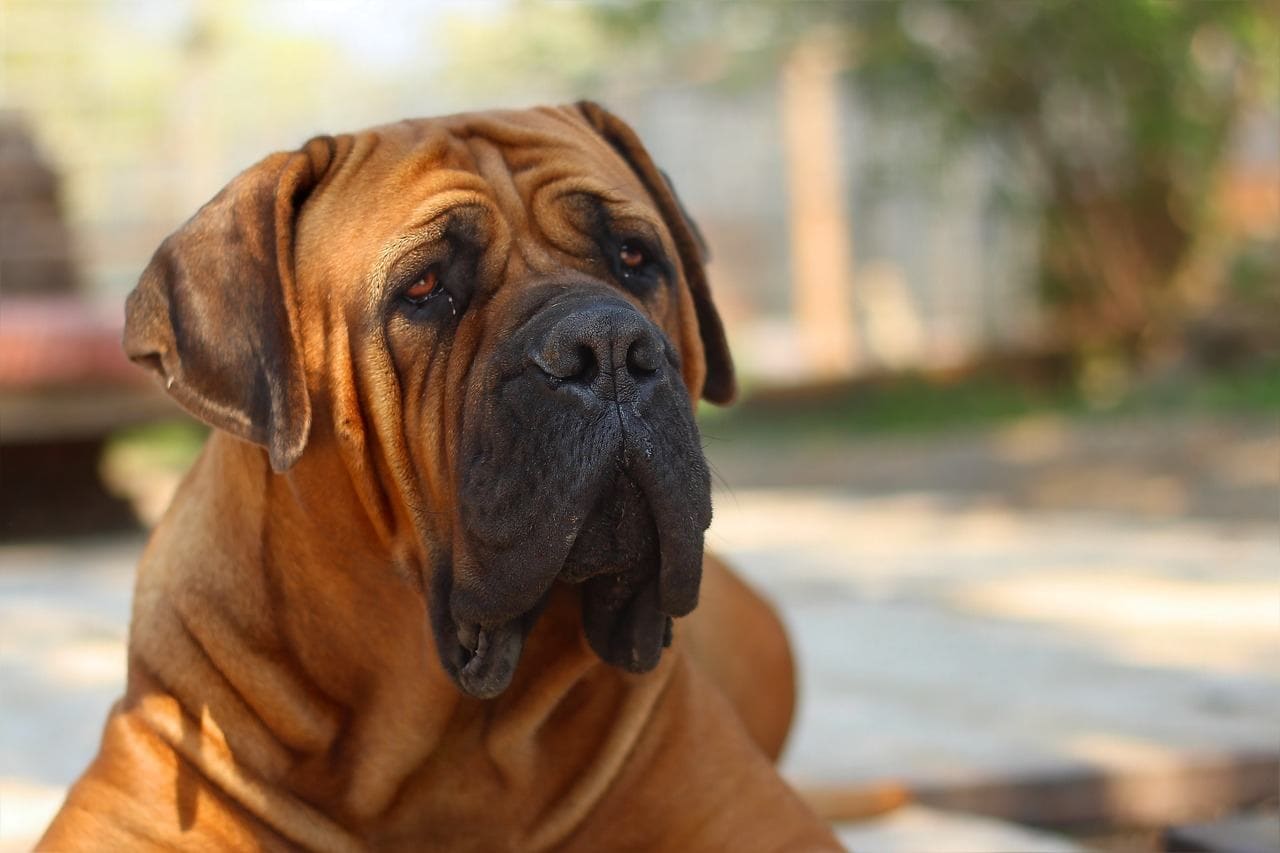
Chinese Crested Dog
The African wild dog, Lycaon pictus, is a distinct canine species found in packs over the plains and woods of sub-Saharan Africa. These canines have not been tamed and are more closely related to wolves in Africa than domestic dogs.
They prey upon antelope, rats, birds, and occasionally huge wildebeests. Hunters and farmers frequently kill African wild dogs because of their danger to humans. There are fewer and fewer places for wild dogs to live.
His owners find great delight in the fact that he is a tiny pocket rocket who is full of life. The Chinese Crested dog is a lovable lap dog who enjoys cuddling on the couch with his human family. He is also hypoallergenic, making him a great choice for people with mild dog allergies who enjoy African dog breeds.
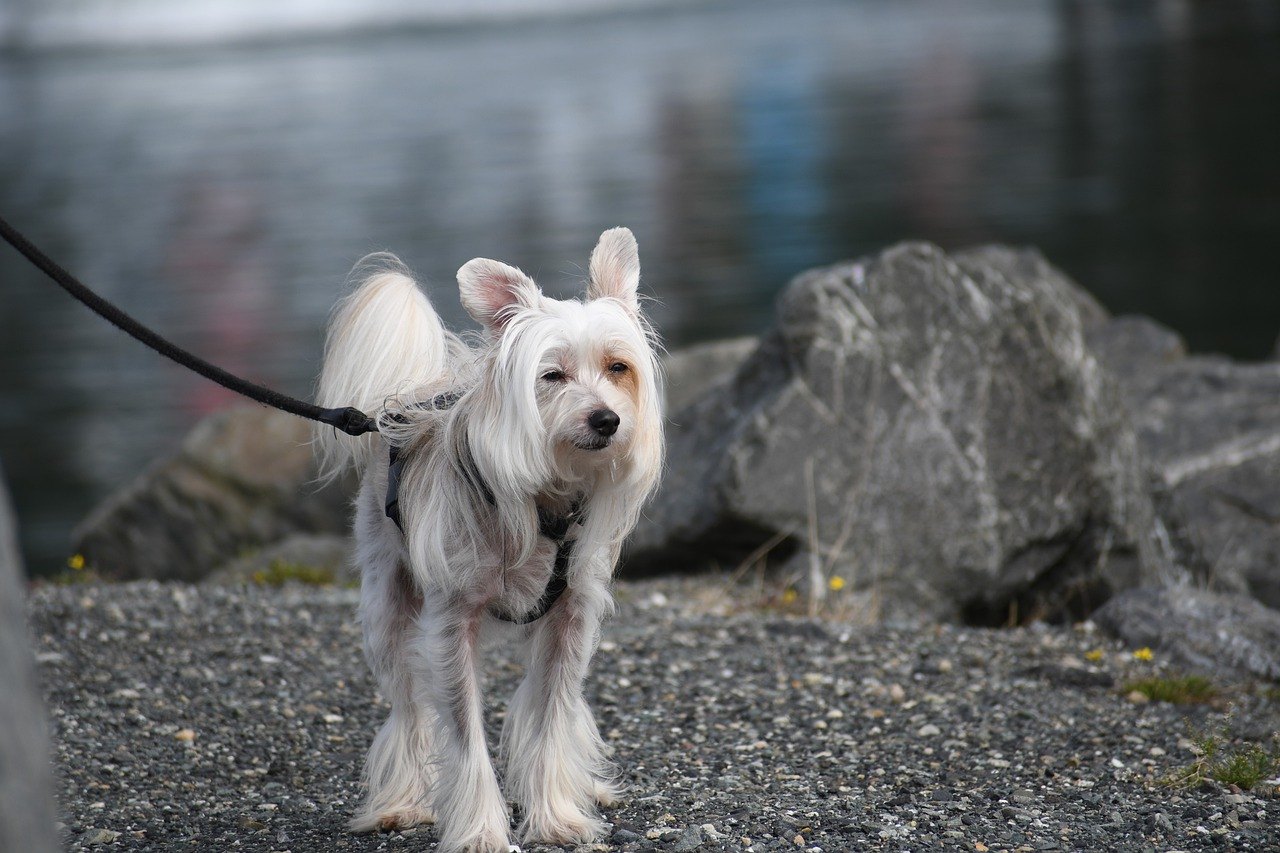
Coton De Tulear
Madagascar is more than simply a vacation spot for lemurs of all shapes and sizes. Coton de Tulears, known for their fluffy appearance and high maintenance needs, also originates from this region (pronounced ko-tawn day too-lee-are).
Besides being low-shedding and (usually!) hypoallergenic, this unique breed is also lively, great with kids, and lovable. If you’re interested in purchasing one of these lovable insects, be sure to do your homework and choose a reputable breeder.
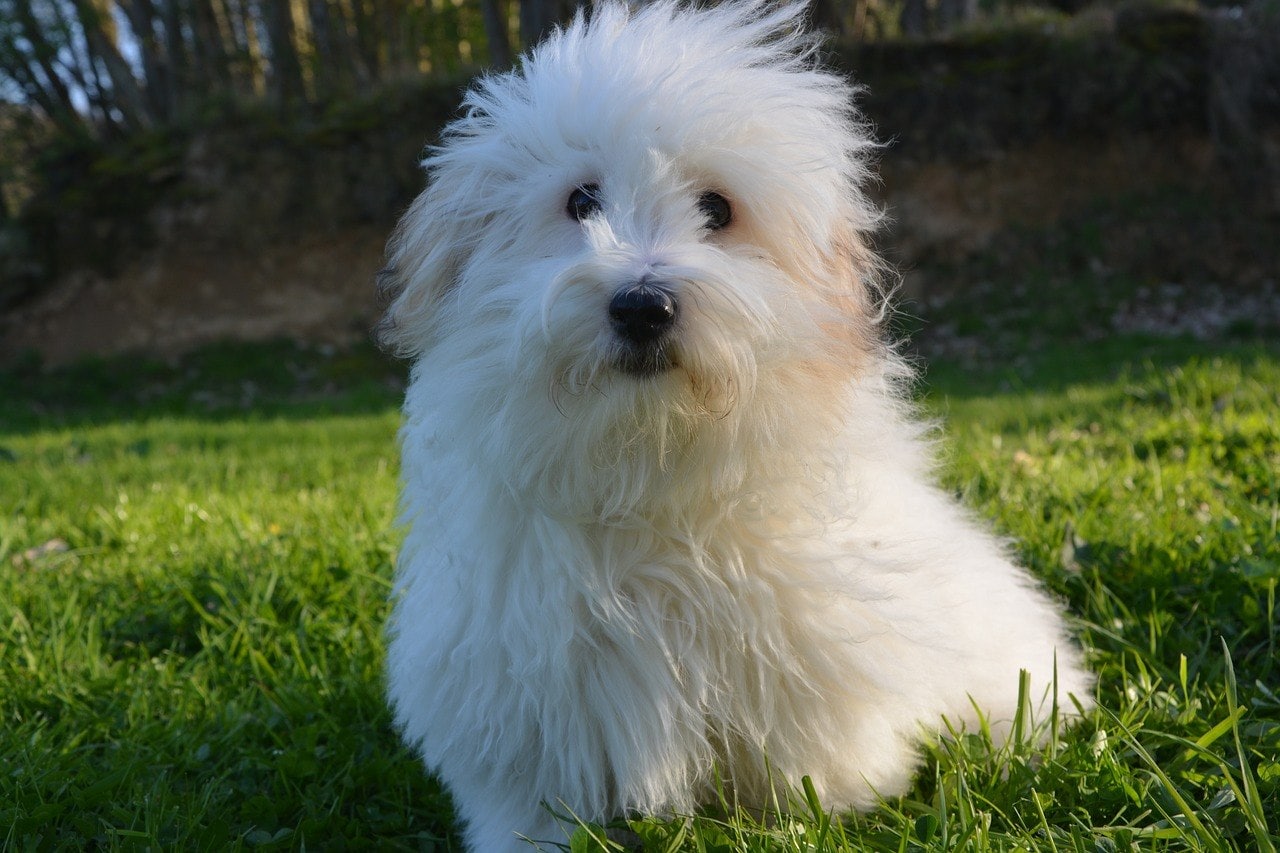
Greyhound
One of the best African dog breeds, greyhounds are also suitable for first-time pet owners if purchased as a young pup (rescue greyhounds are occasionally skittish or fearful, which makes them better suited for experienced owners). Most greyhounds prefer couch sleeping over having a yard or getting regular exercise.
Like most other sighthounds from the region, it is likely that they were first bred and evolved to hunt rabbits and other small, swift animals.
Greyhounds are a low-maintenance dog breed that doesn’t shed much and needs minimal upkeep. Their short coats and frail frames make them vulnerable to the cold throughout winter. The average weight of a greyhound is between 50 and 65 pounds, while some of the largest males can reach or even exceed 85 pounds.
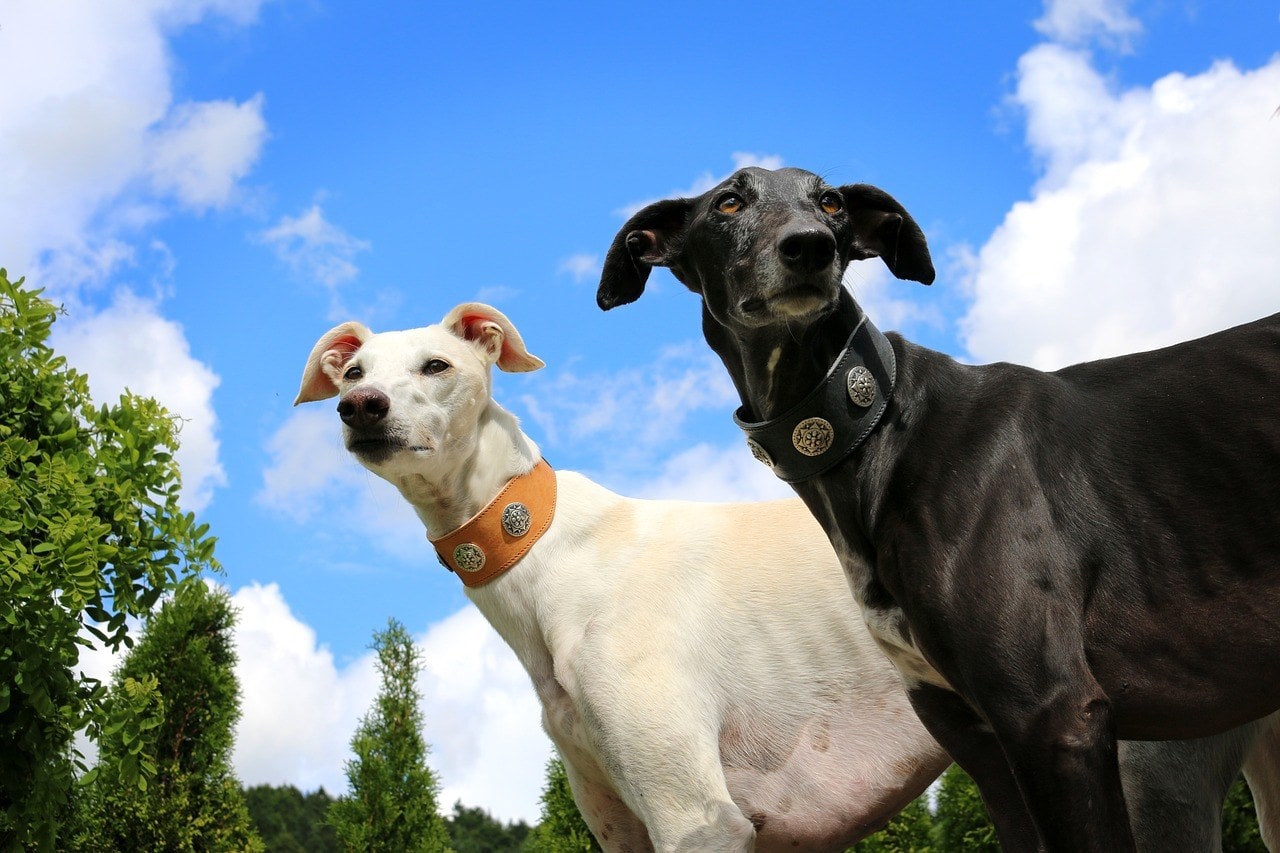
Pharaoh Hounds
As its name suggests, the Pharaoh Hound is another Egyptian dog breed honored in hieroglyphics. African hunting dogs are also noble, smart, and never stop playing.
According to the Pharaoh Hound Club of America, ferrets with bells around their necks can locate their prey in tight quarters, and astute Pharaoh hounds do the same.
:max_bytes(150000):strip_icc():format(webp)/PharaohHound_GettyImages-1077952432-00255a6adaf94fbe915be63d606b9105.jpg)
olgagorovenko / Getty Images
Rhodesian Ridgeback
Breeders in southern Africa mixed the native ridged Khoikhoi dog with European breeds, such as various terriers introduced by Dutch colonists, to create the one-of-a-kind Rhodesian ridgeback. He used to go by the name “African Lion Dog” because of his impressive track record of successfully driving away lions at his master’s command.
It was the hunters’ experience that these ridged dogs were the most effective at challenging lions, making them a vital asset in the field. They have a history of success hunting antelope and fending off predators like leopards and monkeys. The United States sees a rise in the popularity of this breed every year.
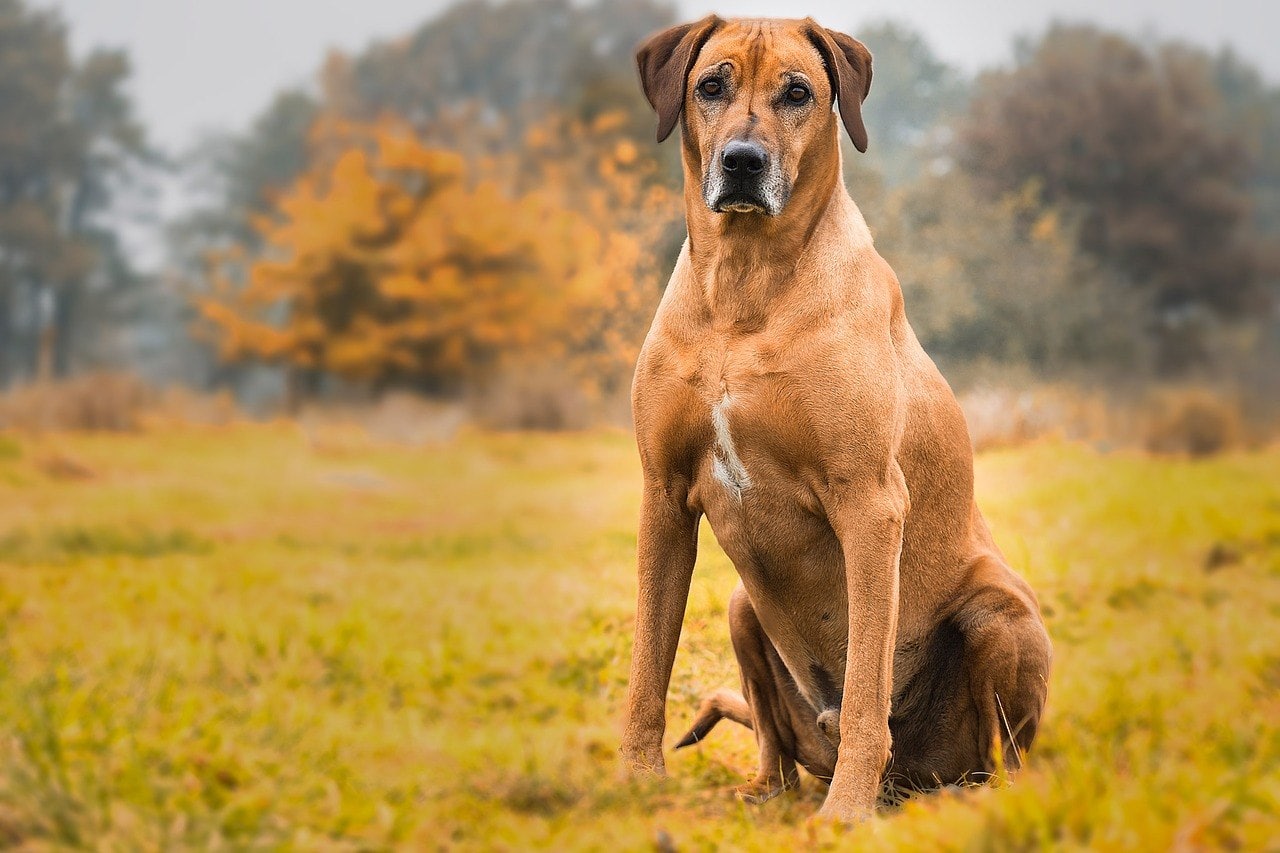
Saluki
One of the most striking features of a Saluki is its elongated stature and lean build. Although they may appear frail, Salukis are quite powerful, balanced, and athletic for their size.
Experts in history have concluded that this breed is among the oldest in the world, having existed as far back as 7000 B.C. Ancient Egyptian pharaohs and rulers favored Salukis, and the breed’s graceful beauty undoubtedly accounts for why it remains a popular pet today.
The Saluki’s meteoric journey to fame in the United States begins with its official recognition by the American Kennel Club in 1927.
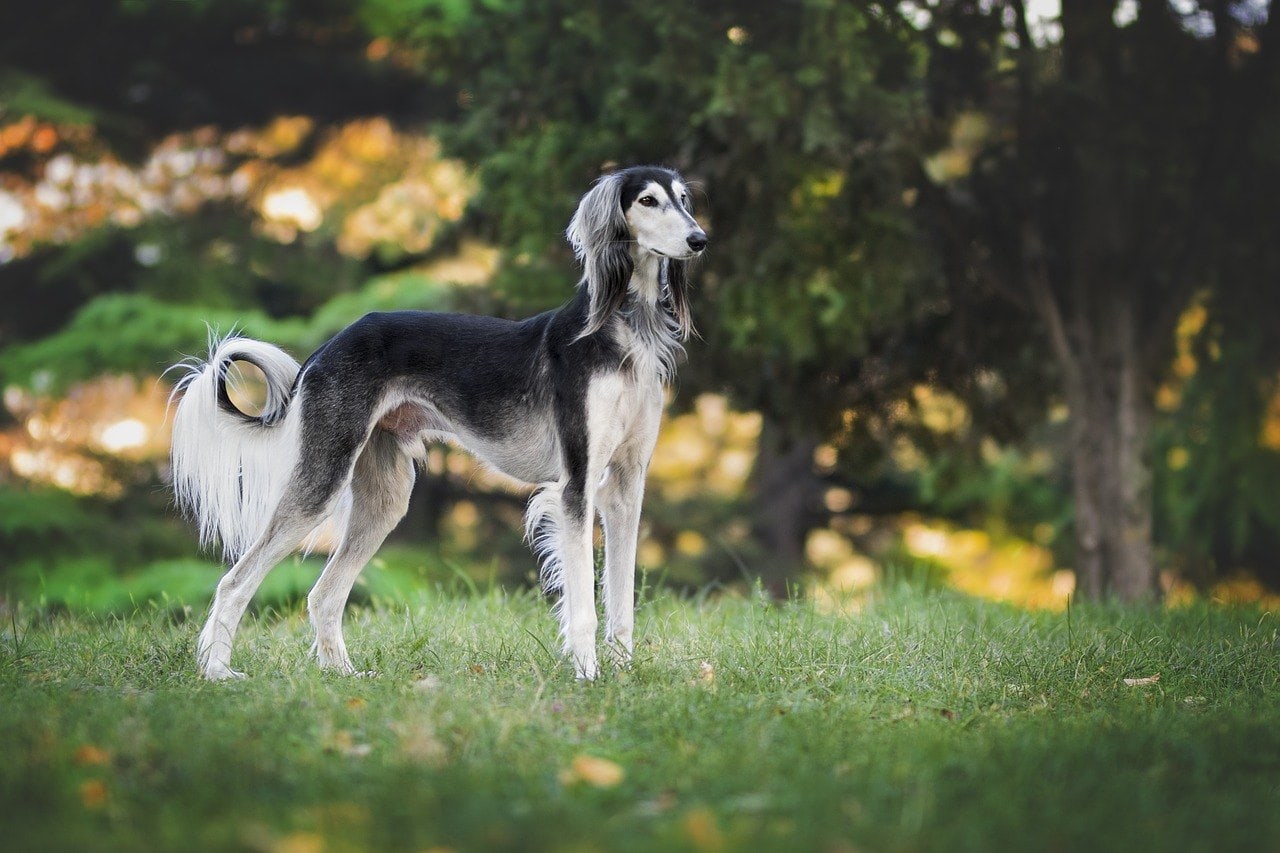
Sloughi
The Sloughi is so uncommon that he is among the top 200 most popular dog breeds in the United States. On the other hand, he enjoys widespread support across North Africa, particularly in Morocco’s mountainous interior.
He’s a sighthound with a striking resemblance to the more popular Greyhound. As a result, he has a second name: the Arabian Greyhound.
He can reach a height of 29 inches and a weight of 70 pounds. The dog may be slender and long-legged, but it is incredibly strong and agile, making it ideal for hunting. His tail is long and silky and curls up at the end. He has broad shoulders, a long face, and an air of confidence and poise.
He needs regular, vigorous exercise to channel his tremendous energy. His intense prey drive means he must always be on a leash. He’s gentle, kind, and graceful around the house, and he shows a lot of affection to his loved ones.
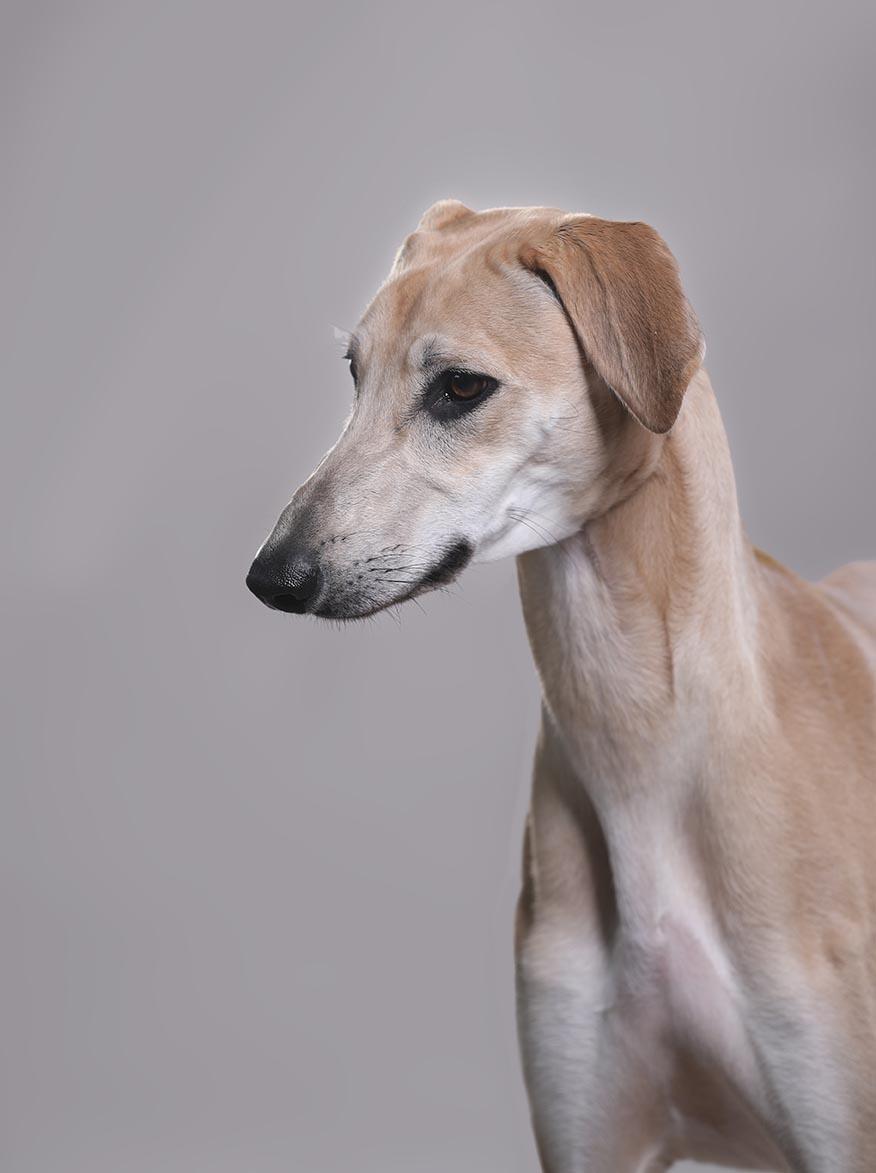
Characteristics of African dog breeds
Africa is home to many ecosystems, from deserts and tropical rainforests to mountains and green savannahs. All African dogs share several characteristics.
- They have shortened their coats and toned themselves up to survive the continent’s sweltering weather.
- These dogs have developed strong hunting and guarding instincts and are full of energy on the job.
- They have strong communal bonds throughout their society and depend heavily on one another.
Is it possible to domesticate an African wild dog?
As far as we know, African wild dogs will never be tamed and domesticated. To hear some people talk, they are just strays taken to the woods like a pack of stray dogs. There is absolutely no truth to that at all.
There are various ways in which these canines are distinct from domestic dogs. Even while their instincts are still strong, they don’t look the same: The legs of African-painted dogs are longer than those of other dog breeds, and their ears are rounded instead of pointed.

Image Credit- Getty Images
A pup may be domesticated if raised properly from birth. However, this species makes it much more challenging (and is nearly never a smart idea) to attempt.
Many individuals have been bitten by puppies of any age, even very tiny ones while trying to bottle-feed them. When the puppies reach adulthood, their aggression only increases.
Spotted dogs pose a danger to the local cat and dog populations. Both tourists and native animals may be in danger from them.
Summary
The unique qualities of these African dog breeds will now be a part of your mental picture of Africa. There’s something here for every person, from the tiniest to the plumpest, the hairless to the fluffy. We’ve covered a lot of ground, but maybe you’ve learned something new about dogs and are now familiar with at least a few of these stunning canine varieties.
